From Beginner to Fluent: Mastering Arabic with Innovative Methods

From Beginner to Fluent: Mastering Arabic with Innovative Methods
The Beginning of the Journey
A few years ago, I faced a significant challenge in learning Arabic. Arabic seemed strange and complicated to me, yet I had a strong desire to learn it because of its beauty and rich culture. I had a dream of speaking Arabic fluently, and today, I want to share my journey from the beginning to becoming fluent in the language.
The First Steps: Facing Challenges
At first, learning Arabic was incredibly difficult. I struggled to understand the letters, proper pronunciation, and to distinguish between similar letters like "ح" and "خ". The challenges were many, but I had a strong belief that if I kept trying, I would overcome them. I decided to start with learning the alphabet and sounds, then moved on to simple words and sentences. It was frustrating at times, but deep down, I knew something valuable was waiting for me.
Finding Solutions: Modern Learning Techniques
As time passed, I discovered that educational apps like Duolingo and Memrise could be great tools for building the basics. But it wasn’t just about apps. I started using new techniques like HelloTalk and Italki to speak with native Arabic speakers. This method was like the magical key that opened the real language doors for me, allowing me to practice daily conversations with native speakers. Through these interactions, I learned many everyday expressions and phrases that boosted my confidence.
Challenges Faced: Learning from Mistakes
Some of the biggest challenges I faced were:
- Pronunciation: It was hard for me to differentiate between various Arabic sounds like "ص" and "س" or "ح" and "خ".
- Grammatical Structure: Arabic has complex rules such as noun-adjective agreement and conjugation, which made forming sentences challenging.
- Writing Right to Left: Writing from right to left was a new challenge for me, and I found it difficult to navigate between words and letters in sentences, especially with vowel markings.
But over time, these challenges became part of my journey. I learned that mistakes were opportunities to learn, and my consistent practice was the key to improvement.
The Path to Success: From Struggling to Fluent
Thanks to modern techniques and lessons learned from my mistakes, I began to see significant improvements. After two years of continuous effort, I became fluent in Arabic. Today, I can read Arabic books, understand Arabic films and TV shows, and engage in conversations with native speakers. I have achieved my dream, and Arabic is now part of my daily life.
Lessons Learned: The Key to Success
From my personal experience, I learned many valuable lessons that can help anyone who wants to learn Arabic:
- Patience and Perseverance: Learning any language requires time and effort, and it’s important not to give up when faced with obstacles.
- Daily Practice: It’s not enough to just learn the rules; you need to use the language consistently to make your skills stick.
- Learning from Mistakes: Making mistakes is a crucial part of the learning process, and you should never let them discourage you.
Advice for Beginners: The Journey Begins Now
If you’re a beginner in learning Arabic, don’t worry if you face difficulties at first. Learning a language takes time, but with persistence, you’ll achieve fluency. Focus on practicing speaking and writing regularly, and remember that every small step brings you closer to your goal. Don’t let difficulties hold you back—through perseverance and planning, you can overcome any obstacle.
The Power of Culture: Learning the Language through Understanding Culture
What made my experience even more exciting was the connection between Arabic and its rich and diverse culture. Learning the language isn’t just about understanding words, but also about discovering the stories and traditions they carry. I began reading Arabic literature, from classical poetry to modern novels, and found that it added a new dimension to my learning. Watching films and series like "The Blue Elephant" and "Bab Al-Hara" also helped improve my listening skills and exposed me to everyday expressions used in real life.
The Importance of Interaction with Native Speakers
My Arabic learning journey wouldn’t have been complete without direct interaction with native speakers. I engaged in daily conversations with Arabic-speaking friends online, learning many common expressions and proper pronunciation. These direct conversations made me feel more confident speaking Arabic and helped me use the language naturally in various real-life situations.
Fluency Is Not the End: It's the Beginning of a New Journey
I want to emphasize that learning Arabic is a continuous journey. Arabic is a vast ocean of meanings and literature, and the more I learn, the more I discover there is to learn. You must accept that language learning is not a final goal, but an ongoing process of interaction and discovery. Fluency is just the beginning of a deeper and broader understanding of this beautiful language.
A Journey of Inspiration
My journey with Arabic was filled with challenges, but it taught me so much about patience and perseverance. Learning a new language is not just about memorizing vocabulary—it’s a doorway to a new culture and a deeper understanding of the world around you. For anyone seeking to learn Arabic, remember that the journey is what matters most, and every step along the way will be filled with opportunities and discoveries. I hope this story inspires everyone who wants to learn Arabic and encourages you to start your journey with confidence and ambition.
 The Arabic Language
The Arabic Language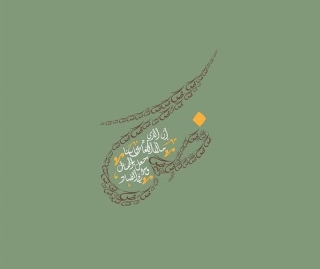 The Dhad Language
The Dhad Language Dialects and Modern Standard A...
Dialects and Modern Standard A... How to Start Your Journey in L...
How to Start Your Journey in L... The Best Ways to Learn Vocabul...
The Best Ways to Learn Vocabul...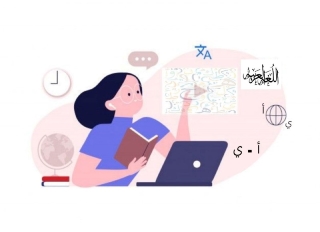 5 Basic Grammar Rules for Begi...
5 Basic Grammar Rules for Begi...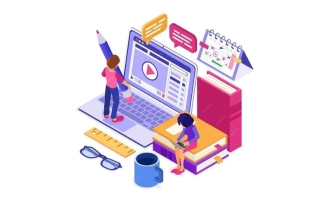 Learn Arabic Effectively: The...
Learn Arabic Effectively: The...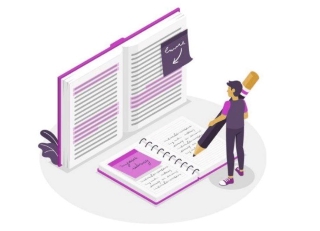 Learn Arabic Easily with the B...
Learn Arabic Easily with the B...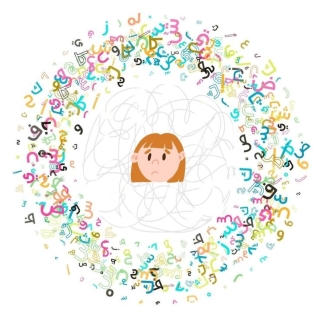 Overcome the difficulty of wri...
Overcome the difficulty of wri... Arabic Proficiency Test: An In...
Arabic Proficiency Test: An In... 25 Essential Phrases You Need...
25 Essential Phrases You Need...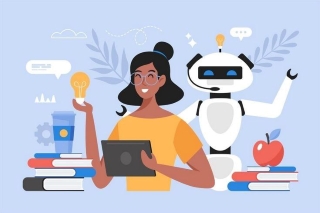 One Tool, Amazing Results: Lea...
One Tool, Amazing Results: Lea... ake Social Media a Learning To...
ake Social Media a Learning To... How to Transition Easily Betwe...
How to Transition Easily Betwe...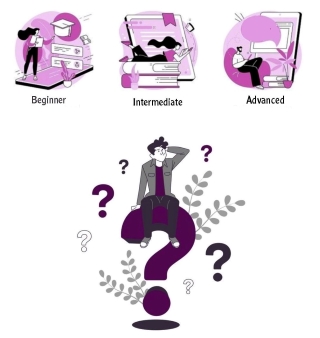 Discover How to Determine Your...
Discover How to Determine Your...